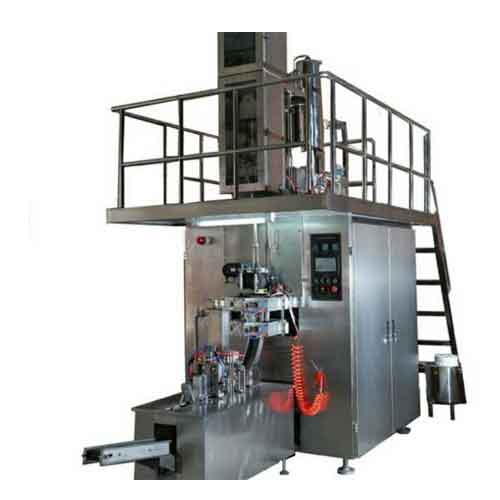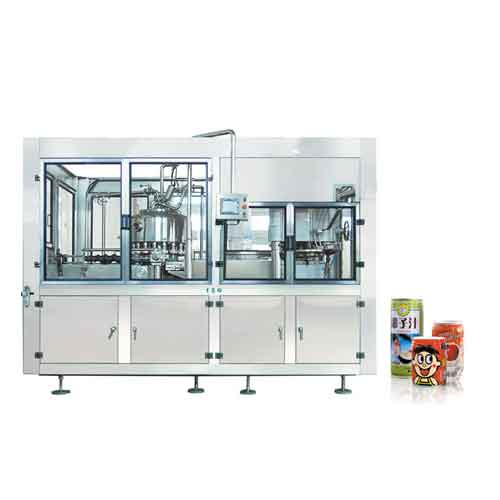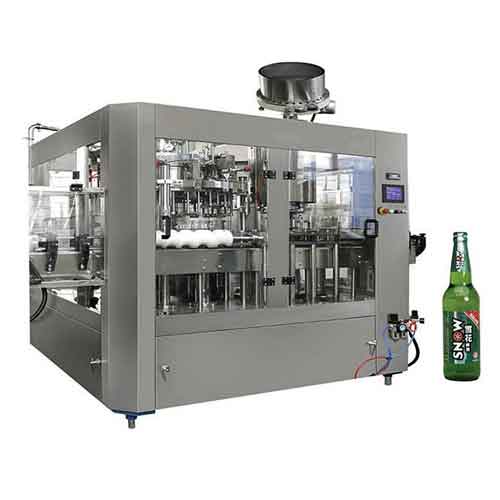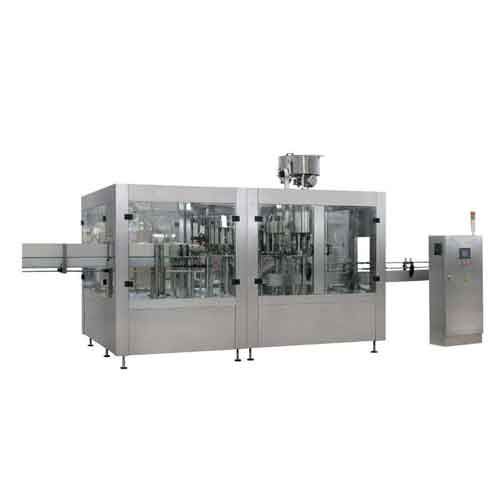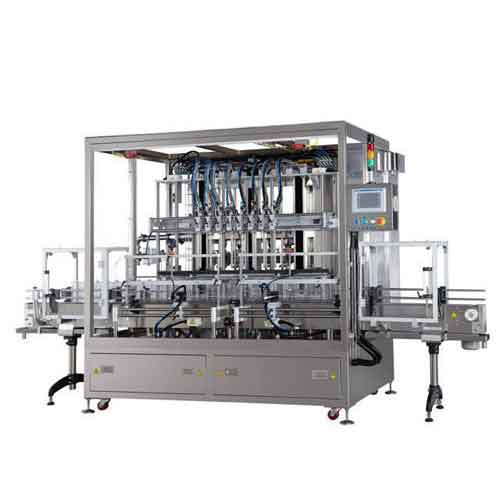Onions are a common vegetable that can enhance appetite, aid digestion, and have rich nutritional and medicinal value. Onions are cold resistant, warm loving, high yielding, resistant to storage and transportation, with a long supply period. They have delicate meat, soft fibers, and a delicious flavor, earning them the nickname of the "vegetable queen" by Europeans. Onions can be processed into various products in addition to being consumed directly. The following is a brief introduction to common onion deep processing products and processing techniques.
1. The Value of Onions
1.1 Nutritional value
Onions are rich in nutrients, and every 100g of onion (white) contains the following ingredients:
1.2 Medicinal Value
Medical research has proved that regular consumption of onion has the effects of warming lung and eliminating phlegm, digestion, detoxification and insecticide, detumification, lowering blood pressure and lowering blood lipids; In addition, it also has a certain auxiliary therapeutic effect on diabetes, coronary heart disease, cerebral thrombosis, atrophic gastritis, atherosclerosis and other diseases, and has a certain effect on cancer, heart disease, calculus, dysuria, bronchitis and other diseases.
2. Deeply processed onion products and processes
Common onion deep processing products include: onion sauce, dehydrated onion slices, onion powder, onion oil, onion juice, canned onions, etc.
2.1 Onion Sauce
Onion sauce is a seasoning with a rich onion aroma and nutritional value. The general processing steps are as follows:
Raw material selection: Fresh onions with a strong spicy taste are selected, with a soluble solid content of over 8% and no mottled mold.
Peeling and root cutting: Using friction method to peel and use a vegetable multifunctional machine to cut the roots, ensuring that there are no residual fibers and old skin machine roots.
Slicing and shredding: Cut onions into circular or shredded slices with a thickness of 0.3-0.5cm.
Crushing and grinding: Adjust the aperture of the crushing screen to 0.8cm before grinding.
Acid regulation and heating: Conduct acid regulation treatment, then heat it, and control the temperature at 40-45 ℃ with a pH value of 4.
Enzymatic hydrolysis: Adjust the soluble solid content of onion pulp to 6-7%, add 0.15-0.2% enzyme, and hydrolyze for 15-20 minutes at a temperature of 40-45 ℃ and pH value of 4, so that the soluble solid content of the pulp after enzymatic hydrolysis is generally 6.5-7.5%.
Beating and secondary beating: Use a dual pass beater for beating, followed by secondary beating and secondary grinding.
Seasoning: Add an appropriate amount of seasoning for seasoning.
Canning and sealing: Fill the onion paste into a clean can and seal it.
Sterilization and cooling: After high-temperature sterilization treatment, the onion paste is cooled to room temperature to obtain the finished product.
2.2 Dehydrated Onion (Slices)
Dehydrated onions (slices) are a convenient food with the characteristics of easy storage and transportation. The general processing steps are as follows:
Raw Material Selection: Choose fresh and high-quality onions as the raw material.
Pre treatment: Clean the onion, remove the outer skin and roots, and cut into appropriate sized blocks (flakes).
Hot air drying: Place onion slices into a dryer for hot air drying, controlling temperature and humidity to achieve the best drying effect.
Cooling packaging: Cool the dried onion slices and package them into bags or bottles.
2.3 Canned Onion
Canned onions are a common canned food with the characteristics of good taste, easy storage and transportation. The general processing steps are as follows:
Raw Material Selection: Choose fresh and high-quality onions as the raw material.
Pre treatment: Peel and root the onions, cut them into appropriate sized chunks, and clean them thoroughly.
Thermal sterilization: Place onion chunks in a high-temperature sterilization pot for thermal sterilization treatment to kill bacteria and microorganisms.
Vacuum sealing: Place sterilized onions in a vacuum bag, expel air, and seal to extend their shelf life.
Appearance packaging: Place the onions in the vacuum bag into a can head bottle or other packaging container for appearance packaging.
2.4 Onion powder
Onion powder is a seasoning and food additive with a strong onion aroma and nutritional value. The general processing steps are as follows:
Raw Material Selection: Choose fresh and high-quality onions as the raw material.
Pre treatment: Peel and root the onions, cut them into appropriate sized chunks, and clean them thoroughly.
Press separation: Place onion chunks into a press, press out onion juice through mechanical pressure, and then separate the juice from onion residue and juice.
Drying and crushing: Dry the onion residue to make it easier to crush. Finally, put the dried onion residue into a grinder and crush the fine powder.
Packaging: Pack onion powder into bags or bottled products.
2.5 Onion oil
Onion oil is a seasoning oil and food additive with a strong onion aroma and nutritional value. The general processing steps are as follows:
Raw Material Selection: Choose fresh and high-quality onions as the raw material.
Pre treatment: Peel and root the onions, cut them into appropriate sized chunks, and clean them thoroughly.
Press separation: Place onion chunks into a press, press out onion juice through mechanical pressure, and then separate the juice from onion residue and juice.
Refining: Refining the onion juice to remove impurities and odors, resulting in pure onion oil.
3. The Market Prospect of Onion Food
Onions are widely cultivated worldwide, accounting for approximately 10% of the world's vegetable production, and are extremely abundant in resources. As market demand increases, the onion deep processing market will also become larger and larger.
Union Machinery has been engaged in food machinery customization services since its establishment in 2014, according to customer needs for you to tailor suitable machinery and equipment, for more product information, please refer to https://www.hnunmachinery.com/Peeling-Machine/Big-Capacity-Onion-Peeling-Machine.html Our professional knowledge and advantages, which will bring you more opportunities and development space.
The following is other knowledge related to the onion peeling machine that I have summarized based on long-term work experience, for your reference. I hope it will be helpful to you.
1.What is the onion peeler?
2.Automatic Onion Peeling Machines
3.How to ensure the integrity of onions during the peeling process?
4.Which Is Better, Onion Peeler Or Manual Peeler?
5.Will The Nutrients Of Onions Be Lost When Using An Onion Peeler?
1. The Value of Onions
1.1 Nutritional value
Onions are rich in nutrients, and every 100g of onion (white) contains the following ingredients:
| Calories(39kCal) | Carotene(20μg) | Calcium(24mg) | Zinc(0.23mg) |
| Protein(1.1g) | Thiamine(0.03mg) | Phosphorus(39mg) | Selenium(0.92μg) |
| Fat(0.2g) | riboflavin(0.03mg) | Sodium(4.4mg) | Copper(0.05mg) |
| Carbohydrates(9g) | nicotinic acid(0.30mg) | Magnesium(15mg) | Manganese(0.14mg) |
| Dietary Fiber(0.9g) | Vitamin C(8.00mg) | Iron(0.6mg) | Potassium(147mg) |
| Vitamin A(3μg) | VitaminE(0.14mg) | ||
1.2 Medicinal Value
Medical research has proved that regular consumption of onion has the effects of warming lung and eliminating phlegm, digestion, detoxification and insecticide, detumification, lowering blood pressure and lowering blood lipids; In addition, it also has a certain auxiliary therapeutic effect on diabetes, coronary heart disease, cerebral thrombosis, atrophic gastritis, atherosclerosis and other diseases, and has a certain effect on cancer, heart disease, calculus, dysuria, bronchitis and other diseases.
2. Deeply processed onion products and processes
Common onion deep processing products include: onion sauce, dehydrated onion slices, onion powder, onion oil, onion juice, canned onions, etc.
2.1 Onion Sauce
Onion sauce is a seasoning with a rich onion aroma and nutritional value. The general processing steps are as follows:
Raw material selection: Fresh onions with a strong spicy taste are selected, with a soluble solid content of over 8% and no mottled mold.
Peeling and root cutting: Using friction method to peel and use a vegetable multifunctional machine to cut the roots, ensuring that there are no residual fibers and old skin machine roots.
Slicing and shredding: Cut onions into circular or shredded slices with a thickness of 0.3-0.5cm.
Crushing and grinding: Adjust the aperture of the crushing screen to 0.8cm before grinding.
Acid regulation and heating: Conduct acid regulation treatment, then heat it, and control the temperature at 40-45 ℃ with a pH value of 4.
Enzymatic hydrolysis: Adjust the soluble solid content of onion pulp to 6-7%, add 0.15-0.2% enzyme, and hydrolyze for 15-20 minutes at a temperature of 40-45 ℃ and pH value of 4, so that the soluble solid content of the pulp after enzymatic hydrolysis is generally 6.5-7.5%.
Beating and secondary beating: Use a dual pass beater for beating, followed by secondary beating and secondary grinding.
Seasoning: Add an appropriate amount of seasoning for seasoning.
Canning and sealing: Fill the onion paste into a clean can and seal it.
Sterilization and cooling: After high-temperature sterilization treatment, the onion paste is cooled to room temperature to obtain the finished product.
2.2 Dehydrated Onion (Slices)
Dehydrated onions (slices) are a convenient food with the characteristics of easy storage and transportation. The general processing steps are as follows:
Raw Material Selection: Choose fresh and high-quality onions as the raw material.
Pre treatment: Clean the onion, remove the outer skin and roots, and cut into appropriate sized blocks (flakes).
Hot air drying: Place onion slices into a dryer for hot air drying, controlling temperature and humidity to achieve the best drying effect.
Cooling packaging: Cool the dried onion slices and package them into bags or bottles.
2.3 Canned Onion
Canned onions are a common canned food with the characteristics of good taste, easy storage and transportation. The general processing steps are as follows:
Raw Material Selection: Choose fresh and high-quality onions as the raw material.
Pre treatment: Peel and root the onions, cut them into appropriate sized chunks, and clean them thoroughly.
Thermal sterilization: Place onion chunks in a high-temperature sterilization pot for thermal sterilization treatment to kill bacteria and microorganisms.
Vacuum sealing: Place sterilized onions in a vacuum bag, expel air, and seal to extend their shelf life.
Appearance packaging: Place the onions in the vacuum bag into a can head bottle or other packaging container for appearance packaging.
2.4 Onion powder
Onion powder is a seasoning and food additive with a strong onion aroma and nutritional value. The general processing steps are as follows:
Raw Material Selection: Choose fresh and high-quality onions as the raw material.
Pre treatment: Peel and root the onions, cut them into appropriate sized chunks, and clean them thoroughly.
Press separation: Place onion chunks into a press, press out onion juice through mechanical pressure, and then separate the juice from onion residue and juice.
Drying and crushing: Dry the onion residue to make it easier to crush. Finally, put the dried onion residue into a grinder and crush the fine powder.
Packaging: Pack onion powder into bags or bottled products.
2.5 Onion oil
Onion oil is a seasoning oil and food additive with a strong onion aroma and nutritional value. The general processing steps are as follows:
Raw Material Selection: Choose fresh and high-quality onions as the raw material.
Pre treatment: Peel and root the onions, cut them into appropriate sized chunks, and clean them thoroughly.
Press separation: Place onion chunks into a press, press out onion juice through mechanical pressure, and then separate the juice from onion residue and juice.
Refining: Refining the onion juice to remove impurities and odors, resulting in pure onion oil.
3. The Market Prospect of Onion Food
Onions are widely cultivated worldwide, accounting for approximately 10% of the world's vegetable production, and are extremely abundant in resources. As market demand increases, the onion deep processing market will also become larger and larger.
Union Machinery has been engaged in food machinery customization services since its establishment in 2014, according to customer needs for you to tailor suitable machinery and equipment, for more product information, please refer to https://www.hnunmachinery.com/Peeling-Machine/Big-Capacity-Onion-Peeling-Machine.html Our professional knowledge and advantages, which will bring you more opportunities and development space.
For personalized, industry-tailored advice and to explore state-of-the-art solutions, please don't hesitate to contact us at info@unmachinery.com
The following is other knowledge related to the onion peeling machine that I have summarized based on long-term work experience, for your reference. I hope it will be helpful to you.
1.What is the onion peeler?
2.Automatic Onion Peeling Machines
3.How to ensure the integrity of onions during the peeling process?
4.Which Is Better, Onion Peeler Or Manual Peeler?
5.Will The Nutrients Of Onions Be Lost When Using An Onion Peeler?

